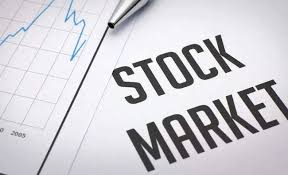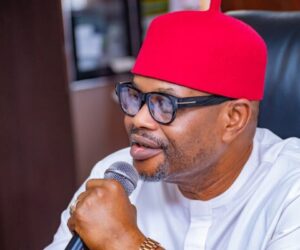African stock markets regained momentum in the third quarter of 2025, with Nigeria, Kenya, and Morocco among the strongest performers as investor confidence improved and currency conditions stabilised.
The analysis draws on CMA’s quarterly market-capitalisation data for selected African bourses. Although market capitalisation is influenced by currency movements, new listings, delistings, and changes in share prices, it remains a widely used indicator of market performance and investor sentiment.
Finance in Africa compared average monthly market capitalisation figures for second quarter and third quarter of 2025. The findings highlight which markets led the rebound, which remained broadly stable, and where data transparency challenges
The Nigerian Exchange Limited (NGX) posted the strongest growth, with market capitalisation rising 25.83 per cent from $60.1 billion in the second quarter to $75.7 billion in their third quarter.
The rally was supported by improved foreign participation, a relatively stable naira, and renewed buying interest in banking and oil-linked stocks. Investor optimism around ongoing banking and monetary reforms also contributed to the positive sentiment.
The Nairobi Securities Exchange (NSE) followed with a 23.39 per cent increase in market capitalisation, rising from $16.8 billion to $20.7 billion. The market recorded its strongest trading quarter in four years, with the NSE 20 Share Index climbing 21.8 per cent quarter-on-quarter.
Increased turnover and rising institutional participation were key drivers of the rebound. But in September, foreign participation in total equity turnover fell to 15-year low of 28.01 per cent from 31.28 per cent in August.
The Bourse de Casablanca recorded an 11.93 per cent increase, from $101.3 billion in second quarter to $113.4 billion in the third quarter. Morocco continues to benefit from strong domestic liquidity, stable macroeconomic policy, and increased institutional investment, particularly in financials and industrials.









